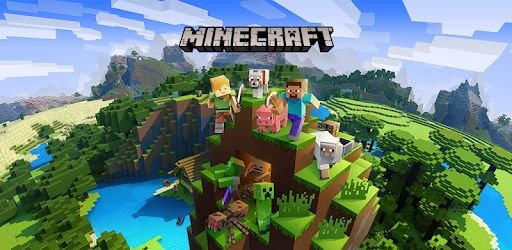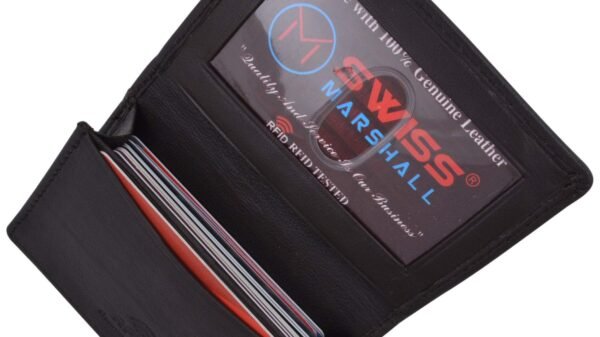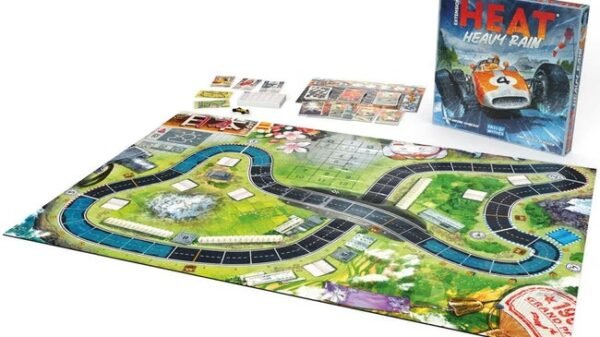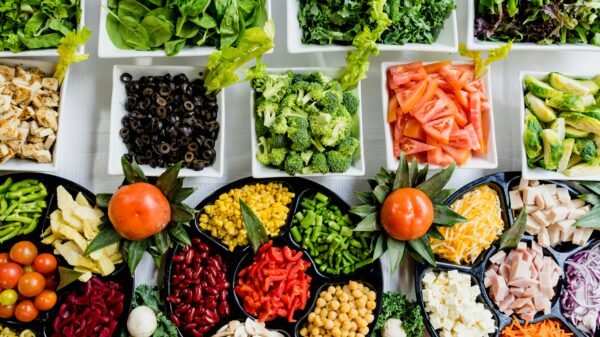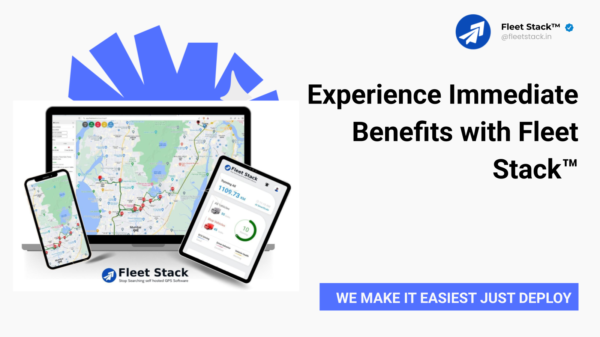When it comes to vegetation management and land clearing tasks, slashing equipment plays a pivotal role in maintaining landscapes, farms, and roadsides. Two primary types of slashing equipment are commonly used: tractor-mounted and self-propelled machines. Each type has its unique advantages and applications, making them suitable for different scenarios. This article will compare a tractor-mounted and a self-propelled farm slasher, highlighting their strengths and applications.
1. Power Source and Mobility
Tractor-Mounted Slashing Equipment:
Tractor-mounted slashing equipment relies on the power and mobility of a tractor. The tractor provides the necessary horsepower to operate the slashing attachment, which is typically attached to the rear of the tractor. This setup allows for flexibility in terms of tractor choice and power, as various tractors can be used depending on the specific task.
Self-Propelled Slashing Equipment:
Self-propelled slashing machines are standalone units equipped with their engines. They are designed for greater mobility and independence. These machines have their wheels or tracks and can operate without the need for a separate tractor or vehicle. This autonomy can be advantageous for tasks where access to a tractor may be limited or where more maneuverability is required.
2. Versatility and Terrain
Tractor-Mounted Slashing Equipment:
Tractor-mounted slashing equipment is highly versatile and adaptable to various terrain types. It can be easily connected to different tractor models, allowing users to choose the appropriate tractor for specific terrain and vegetation conditions. Tractors can handle rough and uneven terrain, making them suitable for farming and land management tasks.
Self-Propelled Slashing Equipment:
Self-propelled slashing machines are designed for rugged and challenging terrain. Their independent mobility allows them to access remote areas, steep slopes, and difficult-to-reach places. These machines excel in situations where terrain conditions may be too challenging for a tractor, providing efficient cutting in hard-to-reach spots.
3. Efficiency and Productivity
Tractor-Mounted Slashing Equipment:
Tractor-mounted slashing equipment is often favoured for tasks that require high efficiency and productivity. The power of the tractor engine combined with the slashing attachment’s width allows for large areas to be cleared quickly. This makes it an excellent choice for agricultural applications, where time is of the essence.
Self-Propelled Slashing Equipment:
Self-propelled slashing machines offer efficiency and productivity advantages in specific scenarios. Their independent operation means they can cover large areas without the need for a tractor. This makes them valuable for clearing remote and expansive properties, as well as for tackling challenging terrain where tractor access may be limited.
4. Precision and Maneuverability
Tractor-Mounted Slashing Equipment:
Tractor-mounted slashing equipment can provide precise cutting and maneuverability in open fields and controlled environments. Tractor operators have good visibility and control, making it suitable for tasks that require precision in maintaining specific areas of land or managing vegetation around obstacles.
Self-Propelled Slashing Equipment:
Self-propelled slashing machines, while highly mobile, may have limited visibility and maneuverability in some situations. However, they excel in tackling large-scale clearing tasks where precision is less critical. Their design is optimised for efficient vegetation management in rugged and less controlled environments.
5. Maintenance and Cost
Tractor-Mounted Slashing Equipment:
The maintenance and operating costs of tractor-mounted slashing equipment can vary depending on the tractor used. Tractor maintenance is a separate consideration and adds to the overall cost. However, many farms and land management operations already have tractors, which can make this option more cost-effective if the tractor is suitable for the task.
Self-Propelled Slashing Equipment:
Self-propelled slashing machines typically have higher upfront costs but may have lower ongoing maintenance costs since they are designed as standalone units. The initial investment may be justified for those who require the machine’s autonomy and capabilities.
Conclusion
The choice between a tractor-mounted and a self-propelled farm slasher ultimately depends on the specific needs of the task at hand, terrain conditions, and budget considerations. Ultimately, the decision should be based on the unique requirements of each vegetation management project, ensuring that the chosen equipment is the most suitable for the job. By understanding the strengths and applications of both tractor-mounted and self-propelled slashing equipment, landowners and operators can make informed decisions to optimise their vegetation management efforts.






